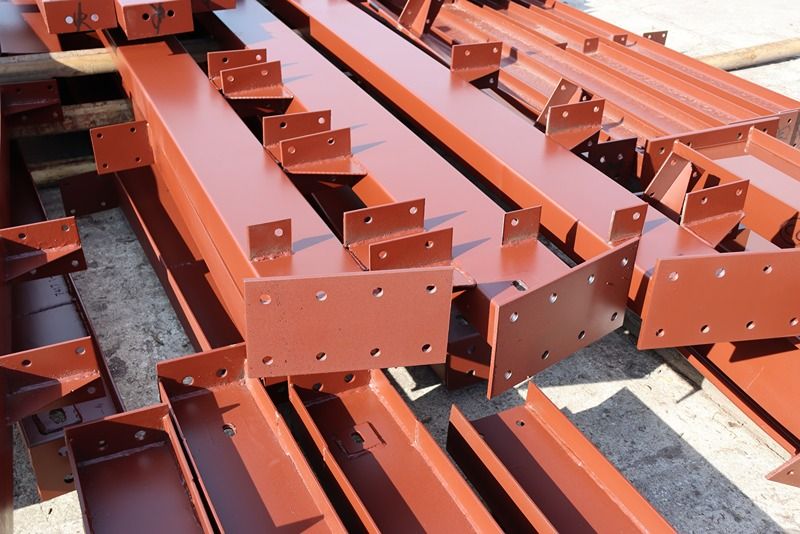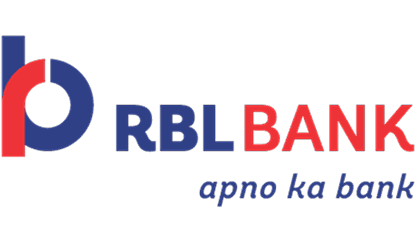Pre-engineered buildings (PEBs) have revolutionised the construction landscape for micro, small and medium enterprises (MSMEs) in India. Their modular design, cost-effectiveness and rapid deployment make them an attractive choice for businesses aiming to expand or optimise their infrastructure. However, the success of a PEB project hinges on the meticulous selection of materials and adherence to stringent specifications. This article delves into the critical material specifications that every MSME should consider to ensure the durability, safety and efficiency of their PEB structures.
Understanding the core components of PEBs
A PEB typically comprises primary and secondary structural members, roofing and wall cladding, and various accessories. Each component plays a pivotal role in the building's overall performance.
Primary structural members - These include columns and rafters, which bear the main loads.
Secondary structural members - Purlins, girts and eave struts that provide support to walls and roofs.
Cladding - Roof and wall panels that shield the structure from environmental elements.
Accessories - Doors, windows, ventilators and other components that enhance functionality.
Key material specifications for PEBs
1. Structural steel quality
The backbone of any PEB is its structural steel. In India, the Bureau of Indian Standards (BIS) prescribes specific grades for structural steel -
IS 2062 - This standard specifies the requirements for hot-rolled medium and high tensile structural steel. Grades like E250 and E350 are commonly used, with the number indicating the minimum yield strength in megapascals (MPa).
IS 800 - Provides guidelines for the general construction in steel, ensuring safety and stability.
Selecting the appropriate grade ensures the structure can withstand anticipated loads and stresses.
2. Cold-formed sections
Secondary members like purlins and girts are often made from cold-formed sections. These are manufactured by bending steel sheets at room temperature, resulting in lightweight yet strong components.
Standards to consider - IS 801 - Deals with the design criteria for cold-formed light gauge steel structures.
Properly designed cold-formed sections contribute to the overall efficiency and cost-effectiveness of the PEB.
3. Roofing and cladding materials
The choice of roofing and wall cladding materials impacts the building's thermal performance, durability and aesthetics. Common materials include
Galvanised steel sheets - Coated with zinc to prevent corrosion.
Colour-coated sheets - Enhance aesthetics and provide additional protection.
Standards for reference - IS 277 - Specifies the requirements for galvanised steel sheets.
IS 14246 - Pertains to pre-painted galvanised steel sheets.
Selecting high-quality cladding materials ensures longevity and reduces maintenance costs.
4. Fasteners and bolts
The integrity of a PEB relies heavily on the quality of its fasteners. Bolts, nuts and washers must conform to specific standards to ensure structural stability
IS 1367 - Covers technical supply conditions for threaded steel fasteners.
IS 3757 - Specifies high-strength structural bolts.
Using standard-compliant fasteners prevents premature failures and enhances safety.
5. Paints and coatings
Protective coatings shield the steel components from corrosion and environmental degradation. Common coatings include:
Epoxy primers - Provide excellent adhesion and corrosion resistance.
Polyurethane topcoats - Offer UV resistance and aesthetic appeal.
Standards to consider - IS 1477 - Deals with the preparation and painting of structural steel.
Proper surface preparation and application of coatings extend the lifespan of the structure.
Importance of adhering to standards
Compliance with established standards ensures that the PEB meets safety, durability and performance benchmarks. For MSMEs, this translates to:
Reduced maintenance costs - High-quality materials and construction practices minimise wear and tear.
Enhanced safety - Structures built to code are better equipped to handle environmental stresses.
Regulatory compliance - Adherence to standards ensures smooth approvals and certifications.
Selecting the right PEB manufacturer
Choosing a reputable PEB manufacturer is crucial. Consider the following factors:
Experience and track record - Established manufacturers bring expertise and reliability.
Quality certifications - Look for ISO 9001:2015 certification, indicating a commitment to quality management systems.
Customisation capabilities - The ability to tailor designs to specific requirements is essential.
After-sales support - Comprehensive support ensures long-term satisfaction.
Engaging with a manufacturer who prioritises quality and compliance can significantly impact the success of your PEB project.
Conclusion
For MSMEs, investing in a pre-engineered building is a strategic decision that can drive growth and operational efficiency. However, the benefits of PEBs can only be fully realised by paying close attention to material specifications and ensuring compliance with relevant standards. By doing so, businesses can construct durable, safe and cost-effective structures that stand the test of time.




 +91 7208055523
+91 7208055523
 Help & support
Help & support
